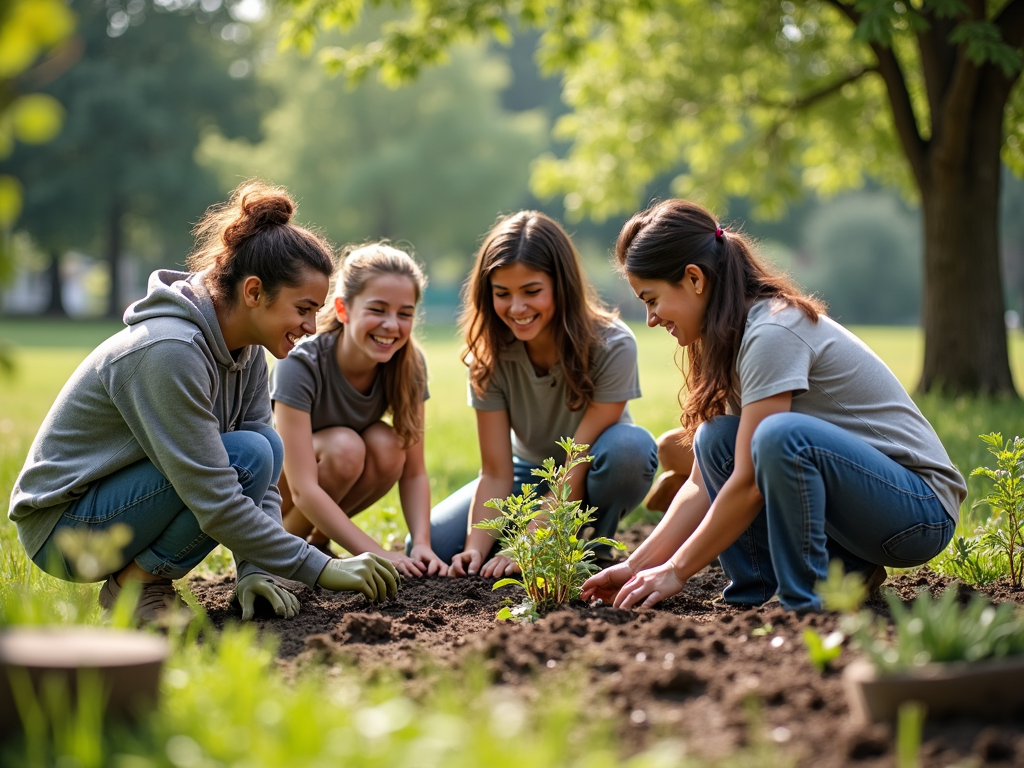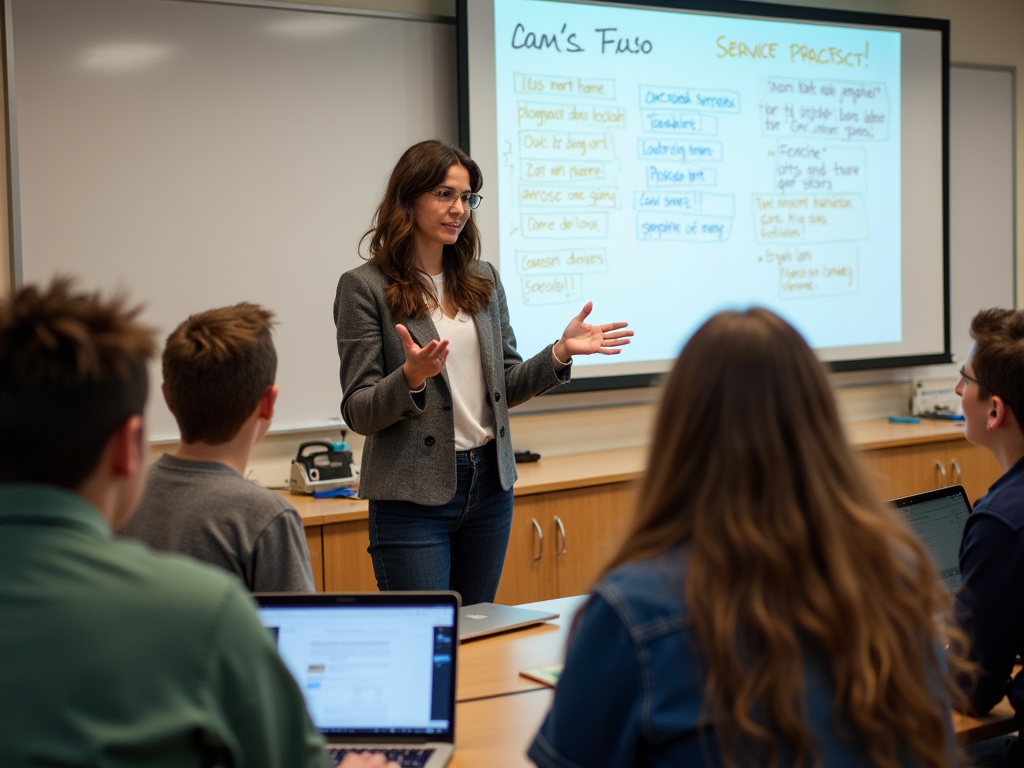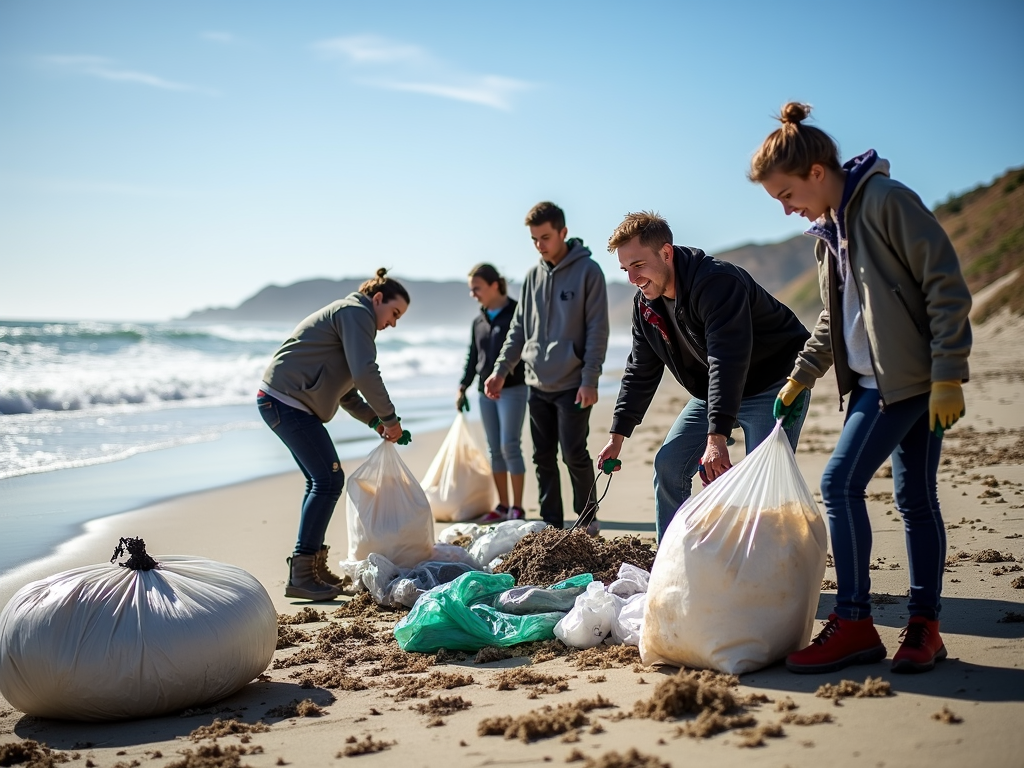Service Learning: A Guide for Educators
By , May 22, 2025
Overview: Service learning blends classroom lessons with community service, offering students hands-on learning while helping others. This guide equips educators with practical steps and insights to start or improve service learning programs, making education meaningful and impactful.

What is Service Learning?
Service learning is a teaching method that connects classroom learning with community service. It’s not just about volunteering—it’s about students using what they learn to solve real problems. For example, a science class might clean up a local river while studying water pollution. This approach makes learning active and shows students they can make a difference.
What sets service learning apart is reflection. After a project, students think about what they did and learned. This step turns a fun day of volunteering into a powerful lesson.
Why Educators Should Care
Service learning isn’t just good for students—it’s a game-changer for educators too. It keeps students excited about learning by showing them how their work matters. It also builds skills like teamwork and problem-solving, which tests can’t always measure. Plus, it ties your school to the community, creating partnerships that last.
I’ve seen this work firsthand. In my early teaching days, I watched quiet students light up when they helped others. That’s when I knew service learning was special.

Basics of Service Learning for Communities
Starting service learning means understanding your community. Here’s how to begin:
- Find a Need: Talk to local groups to see what they need help with.
- Set Goals: Decide what your students should learn, like science skills or empathy.
- Pick a Project: Choose something doable that matches the need and your class.
- Get Students Ready: Explain the project and what’s expected.
- Reflect: Afterward, discuss what happened and what it taught everyone.
These steps keep the focus on both helping and learning.
Organizing a Community Service Event
Planning a service event takes effort, but it’s worth it. Follow these steps:
Step 1: Pick a Project
Match it to your class. A math class could run a fundraiser, using numbers in real life.
Step 2: Team Up
Work with a local group—they’ll guide you and might even supply materials.
Step 3: Include Students
Let them help plan. They’ll care more if they’re part of it.
Step 4: Handle Logistics
Get permissions, transportation, and supplies ready.
Step 5: Do It
Guide students on the day, keeping things safe and fun.
Step 6: Wrap Up
Talk about it after and celebrate what they did.
I once helped students plan a book drive. Seeing them lead was as rewarding as the books we collected!

How to Keep Students Excited
Getting students into service learning takes a little strategy. Try these:
- Link to Class: Show how it fits what they’re studying.
- Give Options: Let them pick what they do—they’ll dive in if it’s their choice.
- Talk It Out: Ask, “What surprised you?” or “How did this help someone?”
- Be There: Support them so they feel confident.
- Say Thanks: A high-five or small party shows their work matters.
Overcoming Challenges
Things don’t always go smoothly. Here’s how to tackle common issues:
| Challenge | Solution |
|---|---|
| Not Enough Time | Use class time for planning and reflection |
| Limited Supplies | Pick simple projects like writing letters |
| Students Aren’t Into It | Explain why it’s cool and let them choose |
| Hard to See Results | Ask the community and students for input |
I’ve hit these bumps. Once, we had no budget, so we made posters for a cause instead. It worked great!

Real Stories That Inspire
Here are two examples I love:
- Science in Action: A class planted trees to fight erosion, tying it to their ecology lessons. The forest grew, and so did their curiosity.
- History Comes Alive: Students ran a food drive while studying the 1930s. They fed families and learned about hardship up close.
These show how service learning sticks with students.
Wrapping Up
Service learning transforms education by mixing lessons with action. It’s a chance for educators to spark curiosity, teach skills, and help communities. Start small, involve students, and watch the magic happen. You’ve got this!